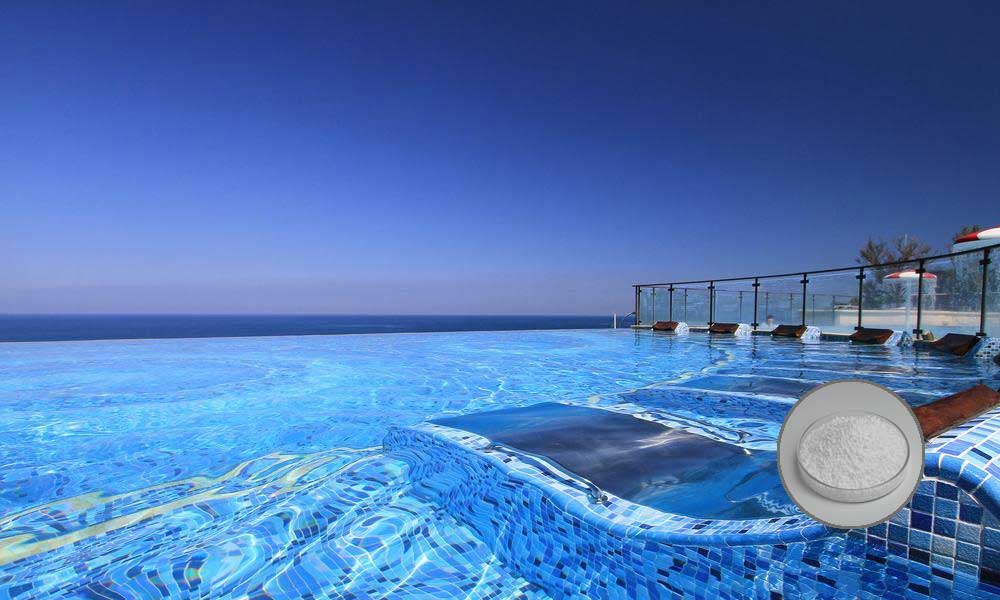In the realm of pool maintenance, the judicious use of pool chemicals is paramount for ensuring sparkling, safe, and inviting waters. Trichloroisocyanuric acid, commonly known as TCCA, has emerged as a stalwart player in this arena. This article delves into the optimal usage of TCCA, shedding light on its benefits and best practices to maintain a pristine swimming environment.
The Power of Pool Chemicals
Swimming pools are a source of respite and leisure, but maintaining their hygiene requires a meticulous approach. Pool chemicals, like trichloroisocyanuric acid, play a pivotal role in this process. TCCA, a chlorine-based compound, is renowned for its efficiency in sanitizing pool water. Its unique properties make it a preferred choice for pool owners and professionals alike.
Understanding Trichloroisocyanuric Acid
Trichloroisocyanuric acid is available in various forms, including tablets, granules, and powder. This versatile chemical is prized for its slow-dissolving nature, which provides consistent chlorine release over time. This steady release ensures a stable chlorine level in the pool, effectively combating bacteria, algae, and other contaminants.
Benefits of Using TCCA
Long-lasting Chlorination: TCCA’s slow dissolution rate guarantees a sustained release of chlorine, maintaining the desired disinfection level over an extended period. This reduces the frequency of chemical dosing, simplifying pool maintenance.
Multi-Functionality: Beyond its primary function as a sanitizer, TCCA acts as an oxidizer, breaking down organic matter and preventing the formation of chloramines – compounds responsible for the distinct “chlorine odor.”
Stability: TCCA exhibits excellent stability in varying water conditions, including high temperatures and pH fluctuations. This stability contributes to its reliability as a Pool Chemical.
Best Practices for Using TCCA
Dosage Precision: Accurate dosing of TCCA is crucial. Follow the manufacturer’s guidelines to determine the appropriate dosage for your pool’s size and water volume. Overdosing can lead to excessive chlorine levels, while underdosing may result in inadequate sanitization.
Slow Dispersion: Place TCCA tablets or granules in a floating dispenser or skimmer basket, allowing them to dissolve gradually. Avoid placing them directly in the pool, as this can lead to localized concentrations of chlorine.
Regular Monitoring: Monitor chlorine levels using test kits. Maintain the chlorine concentration within the recommended range to ensure optimal disinfection and water clarity.
Balanced pH: TCCA’s efficacy is influenced by pH levels. Maintain the pool’s pH between 7.2 and 7.6 for optimal performance. Regularly test and adjust pH as needed.
Safety Measures: TCCA is a potent chemical. Handle it with care, wearing appropriate protective gear. Store it in a cool, dry place, away from sunlight and other chemicals.
Swimming Pool Chlorine stands as a stalwart guardian of swimming pool hygiene, embodying efficiency and convenience. By understanding its properties and adhering to best practices, pool owners can harness its power to maintain a safe and inviting aquatic environment. With TCCA’s slow-release capabilities, multi-functionality, and stability, the journey towards pristine pool waters becomes a seamless and rewarding endeavor.
Post time: Aug-21-2023

